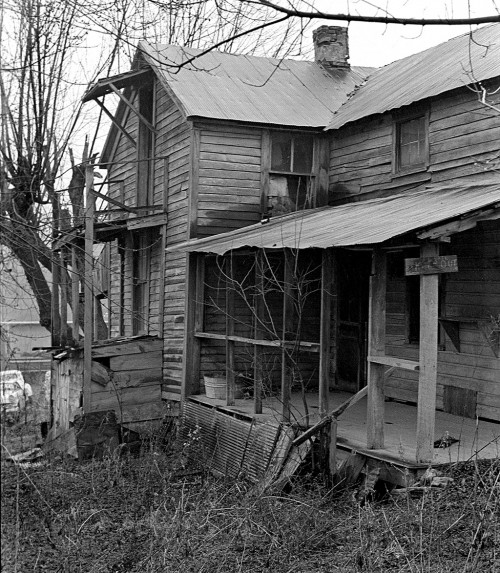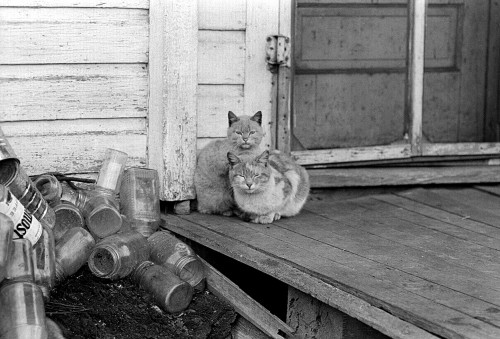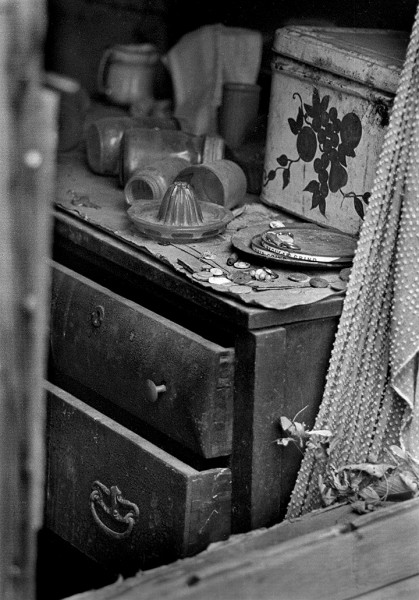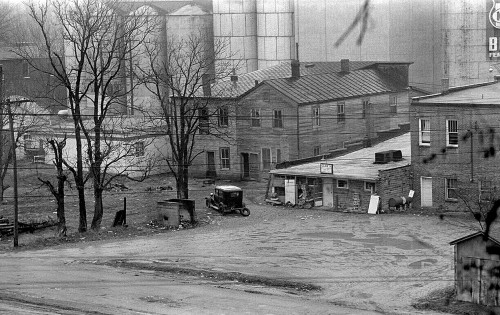 Running across these photos of an abandoned house in St. Mary from around 1966 got me to thinking about something.
Running across these photos of an abandoned house in St. Mary from around 1966 got me to thinking about something.
For a long time, I carried around a list of stories I’d like to do. Eventually, I came to realize that stories found me, I didn’t go looking for them, so I set the list aside.
Still, the idea that stayed with me the longest was something about the early settlers who headed out west in their wagon trains. When they started out, they carried everything including the kitchen sink. As the trail got steeper and food and water supplies got low, they had to lighten the load by throwing out possessions they thought were least important. What was the last “nonessential” to go out the back, I wondered?
What would you save?
 Before I got around to asking strangers to let me to photograph them with the three things they would save from their home if it caught fire, I decided to pose the question to friends and coworkers. Turned out most folks were very predictable: family; pets, then photographs, were what would be carried out.
Before I got around to asking strangers to let me to photograph them with the three things they would save from their home if it caught fire, I decided to pose the question to friends and coworkers. Turned out most folks were very predictable: family; pets, then photographs, were what would be carried out.
When it became obvious that most of the photos would look alike, I abandoned the project.
What did they take?
 Still, when I look through this open window, I have to wonder what did the owners take from those opened drawers, and why did the random beads, buttons and juice squeezer not make the cut? (As always, you can click on the photos to make them larger.)
Still, when I look through this open window, I have to wonder what did the owners take from those opened drawers, and why did the random beads, buttons and juice squeezer not make the cut? (As always, you can click on the photos to make them larger.)
So, what would YOU carry out of your burning house? Are you going to be like most folks and say “Family, pets and scrapbooks?”

